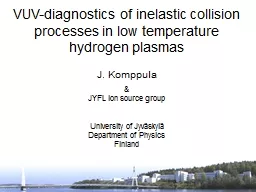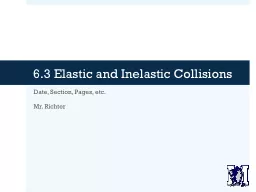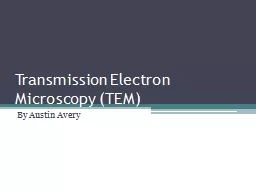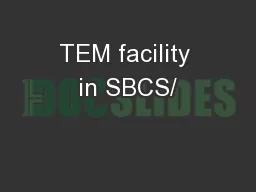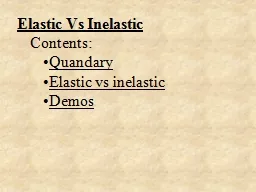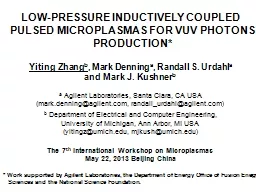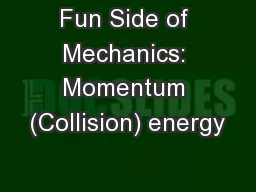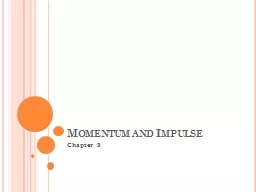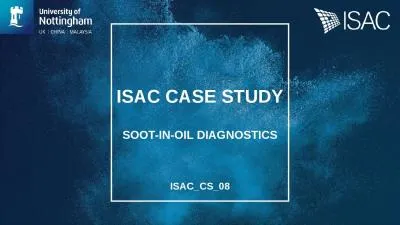PPT-VUV-diagnostics of inelastic collision processes in low tem
Author : lois-ondreau | Published Date : 2016-06-18
J Komppula amp JYFL ion source group University of Jyväskylä Department of Physics Finland Motivation Diagnostics challenging Experimental plasma parameters
Presentation Embed Code
Download Presentation
Download Presentation The PPT/PDF document "VUV-diagnostics of inelastic collision p..." is the property of its rightful owner. Permission is granted to download and print the materials on this website for personal, non-commercial use only, and to display it on your personal computer provided you do not modify the materials and that you retain all copyright notices contained in the materials. By downloading content from our website, you accept the terms of this agreement.
VUV-diagnostics of inelastic collision processes in low tem: Transcript
Download Rules Of Document
"VUV-diagnostics of inelastic collision processes in low tem"The content belongs to its owner. You may download and print it for personal use, without modification, and keep all copyright notices. By downloading, you agree to these terms.
Related Documents

